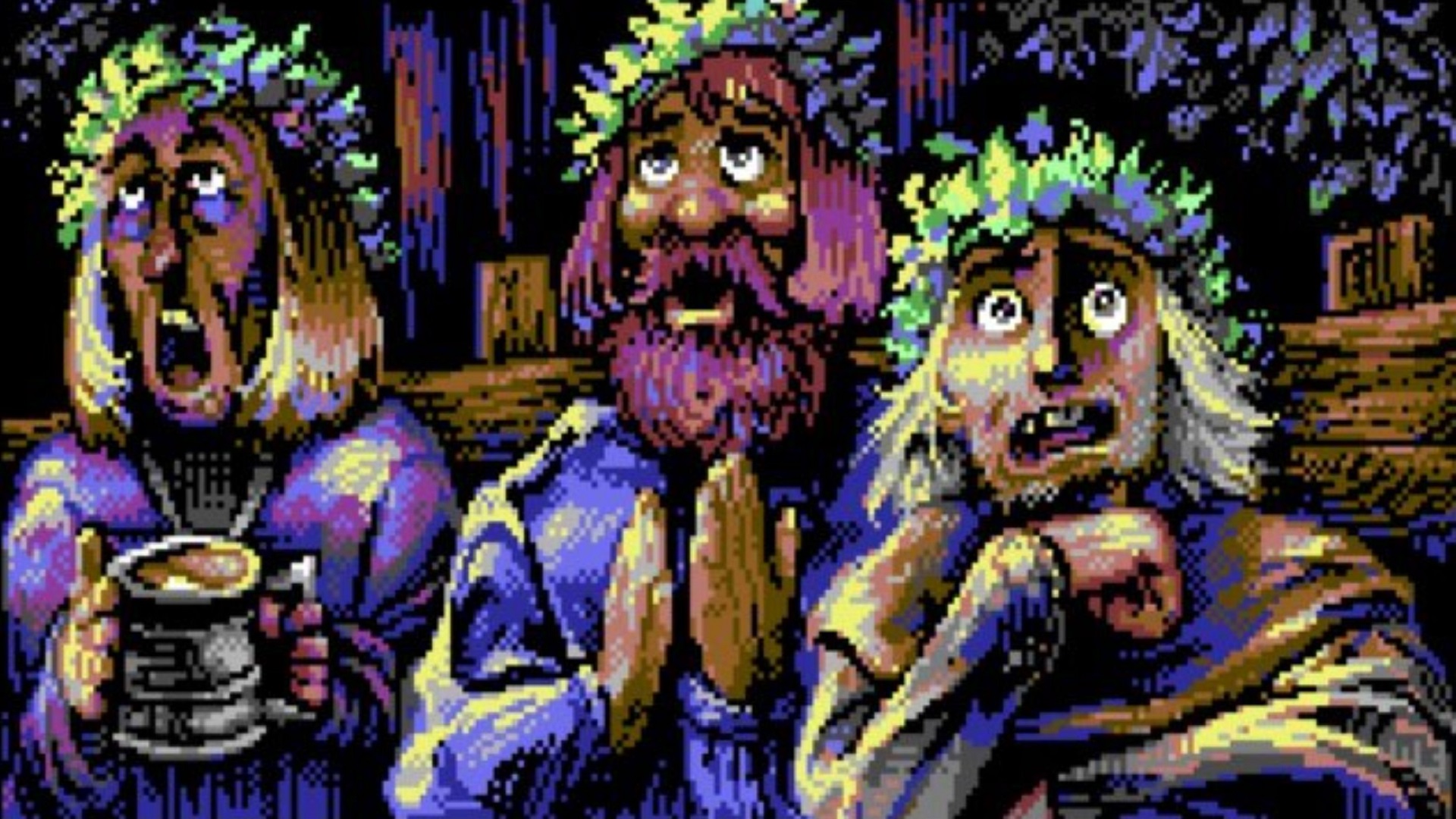Skald Modding Now Live!
Greetings all!
As most of you know, Skald modding has been in beta for PC on the "experimental branch" for the last couple of months!
Well, today we're moving it to the main branch so it'll be easier for everyone to enjoy the user-created content or even make their own!
The game is also coming ON SALE for a few days, so be sure to point friends, family and small children to our Steam page!
Start Brewing!
Skald user-created content is hosted on mod.io so find it there today! We already have a good handful of modules from some of our talented community creators!

To get started on downloading or creating mods, have a look at our tutorials (also on mod.io):

In particular, you may want to have look at the "How to play Mods" tutorial!
To stay posted, be sure to follow the Skald Twitter, Bluesky and Discord if you haven’t already!
Keep being awesome and have a fantastic week!
AL
As most of you know, Skald modding has been in beta for PC on the "experimental branch" for the last couple of months!
Well, today we're moving it to the main branch so it'll be easier for everyone to enjoy the user-created content or even make their own!
The game is also coming ON SALE for a few days, so be sure to point friends, family and small children to our Steam page!
Start Brewing!
Skald user-created content is hosted on mod.io so find it there today! We already have a good handful of modules from some of our talented community creators!

To get started on downloading or creating mods, have a look at our tutorials (also on mod.io):

In particular, you may want to have look at the "How to play Mods" tutorial!
To stay posted, be sure to follow the Skald Twitter, Bluesky and Discord if you haven’t already!
Keep being awesome and have a fantastic week!
AL











